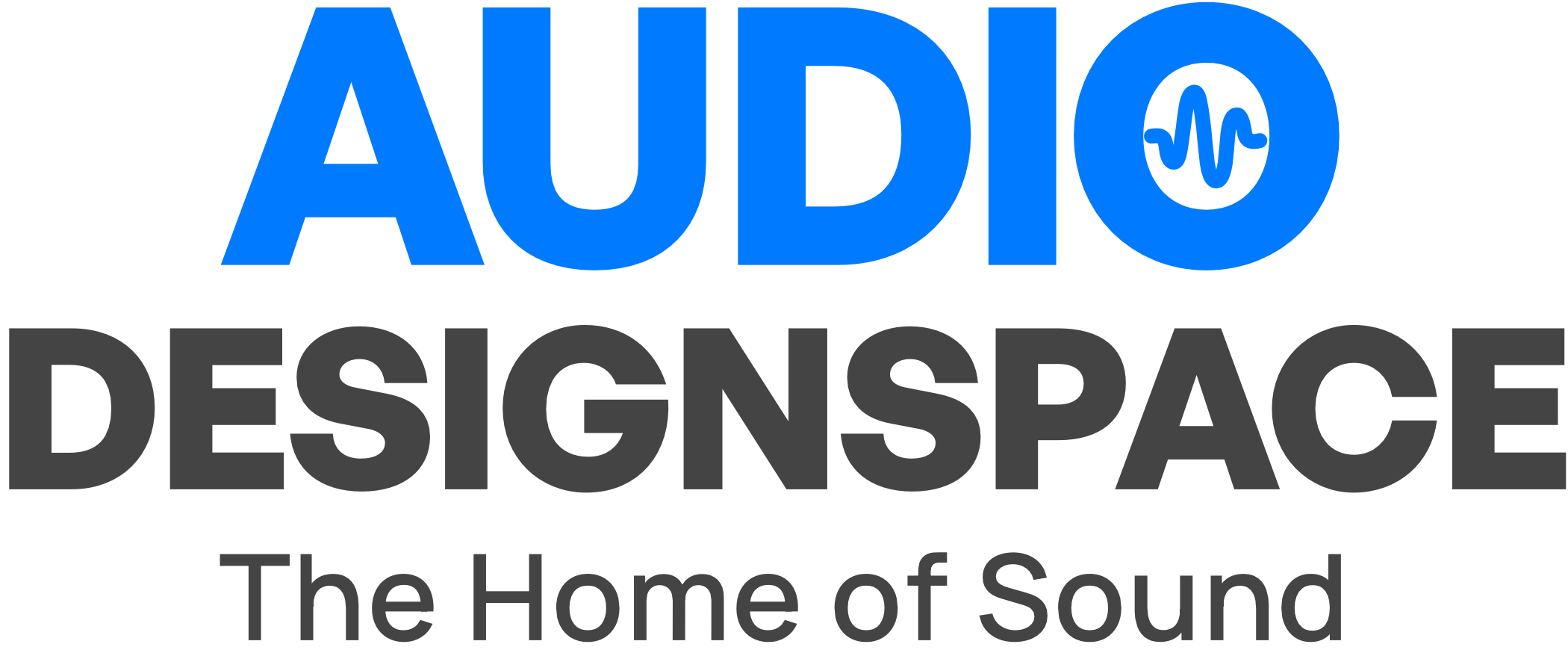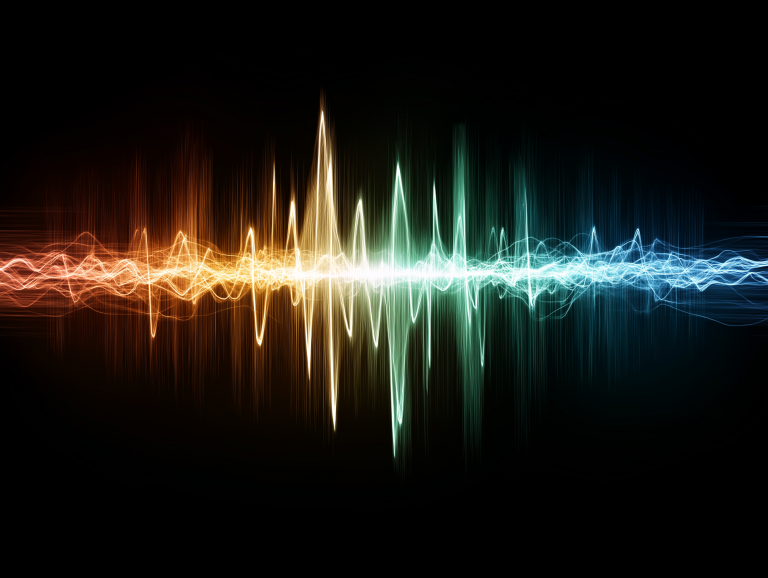If you’ve been to a concert, theatre performance, or even a cutting-edge art installation in the past few years, you may have noticed something new—not just on stage, but in the very air around you. Sound seems to move, shift, and swirl with uncanny realism. The lead singer’s voice doesn’t just blast from the front but seems to hang right above you. A thunderstorm in a play doesn’t just roll in from left to right but rumbles overhead, with rain pelting the imaginary roof. Welcome to the world of immersive audio and spatial sound, a revolution quietly transforming the way we experience live events.
From Stereo to Spheres: A Short Primer
For decades, stereo and later surround sound have defined our expectations for “good” audio. But both are ultimately limited to a flat plane—sound comes from the sides, maybe the back, but rarely from everywhere at once. Immersive audio breaks that boundary by using multiple speakers and advanced algorithms to create a three-dimensional soundfield: music and effects can be placed above, below, behind, or wherever the artist wishes.
The goal isn’t just to impress with technology—it’s to draw the listener deeper into the moment, blurring the line between performance and reality.
Meet the Systems: L-ISA, Dolby Atmos, d&b Soundscape
Immersive sound isn’t one single technology, but a constellation of systems and formats, each with its own approach and strengths.
L-ISA by L-Acoustics has quickly become a buzzword among touring engineers and festival organizers. At its core, L-ISA uses “object-based” mixing: each sound—vocals, instruments, effects—is treated as a point in space, which can be positioned with pinpoint accuracy across a dense array of speakers. Major artists from Jean-Michel Jarre to Adele have embraced L-ISA for stadium and arena shows, turning massive venues into intimate, enveloping environments.
Dolby Atmos, originally developed for blockbuster movie theaters, has also found a second life in live music and even nightclubs. Atmos goes beyond fixed channels; every sound is an “object” with coordinates in three-dimensional space. Whether it’s a rock band in a 5,000-seat hall or a DJ set in an underground club, Atmos adapts to the layout, making sure the experience feels true to the artist’s intent.
d&b Soundscape is beloved by theatre designers and experimental composers alike. Its combination of versatile speaker arrays and real-time processing makes it possible to move sounds fluidly around the room—imagine a whisper circling the audience or a flock of birds swooping overhead. In the world of drama and performance, where every gesture and moment matters, these details can be transformative.
Not Just for Stadiums: The Rise of 3D Audio in Smaller Spaces
While the headlines go to the biggest tours, some of the most creative uses of immersive audio happen on a smaller scale. Art festivals, independent theatres, and even pop-up events have begun to experiment with 3D sound, thanks to falling hardware costs and a new wave of accessible production tools.
Walk into a gallery and you might find an installation where visitors trigger sounds with their movements—rainfall that changes direction as you cross the floor, or voices that seem to whisper from invisible corners. In immersive theatre or escape room experiences, 3D soundscapes can create entirely new layers of narrative, guiding audiences with sonic cues that are impossible to achieve with conventional systems.
There’s a distinct sense of play and discovery here. Many of these projects are as much about the creative process as the result: artists and sound designers using open-source tools and experimental plugins to explore what’s possible when sound is unchained from the speaker boxes.
The Expanding Toolkit: New Plugins and Creative Tools
One reason for the rapid spread of spatial audio is the explosion of new software tools that make mixing and producing 3D sound more intuitive—even for non-experts.
Plugins like SPAT Revolution and dearVR PRO let producers “paint” with sound, dragging audio objects around a virtual room and instantly hearing the results. For music makers, the ability to place a drum hit above the listener or move a synth pad from back to front isn’t just a gimmick; it opens up new emotional possibilities, from subtle atmosphere to jaw-dropping moments.
There are tools aimed at virtual reality (like Facebook 360 Spatial Workstation), and others designed for classic DAWs like Logic, Pro Tools, and Ableton Live. Meanwhile, open-source suites like the Ambisonic Toolkit have made it possible for anyone—student, hobbyist, or professional—to experiment with 3D soundscapes without expensive gear.
The key shift is this: immersive audio is no longer locked away in elite studios or massive venues. It’s becoming part of the everyday toolkit for a new generation of creators.
Why Now? A Perfect Storm of Technology and Curiosity
Why is immersive sound catching on now, after years as a niche technology? Partly, it’s a matter of economics—smaller, cheaper speakers and faster computers mean more venues can afford complex systems. But it’s also a cultural shift: after years of passive streaming and algorithmic playlists, audiences are hungry for live experiences that feel different—richer, more present, and impossible to replicate at home.
There’s also a sense of competition among venues, especially in the post-pandemic era. If you want people to put down their phones and come out, you need to offer something they can’t get on Spotify or YouTube. For many, that means making sound not just louder or clearer, but more alive—an experience that envelops and surprises from every angle.
The Road Ahead
The future of immersive audio is both exciting and unpredictable. As spatial systems become more common in clubs, churches, galleries, and even classrooms, our expectations for what “live sound” means are shifting. Already, producers are talking about “audio choreography”—designing not just what you hear, but where you hear it, and how it moves through space.
We’re only just beginning to understand what’s possible. But one thing is certain: whether you’re a diehard audiophile, an occasional concert-goer, or someone who simply loves to be surprised, immersive audio is going to change the way you listen. The next time you walk into a venue and feel the music wrap around you—don’t just thank the band. Thank the invisible revolution happening all around, and above, and behind you.


